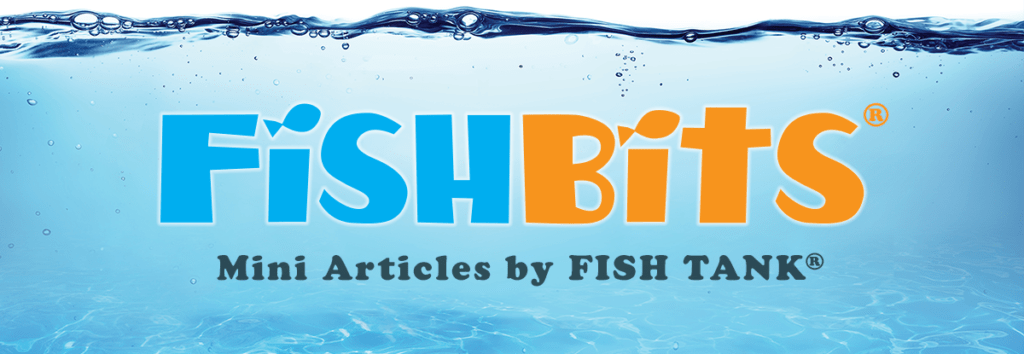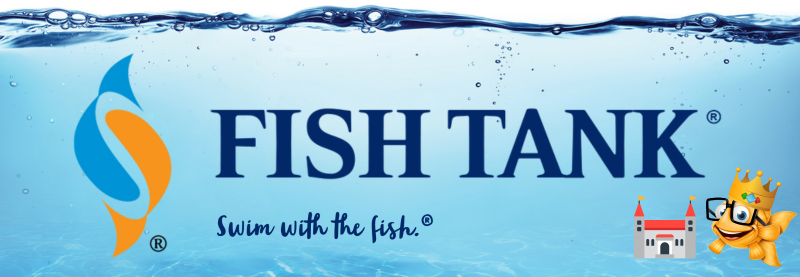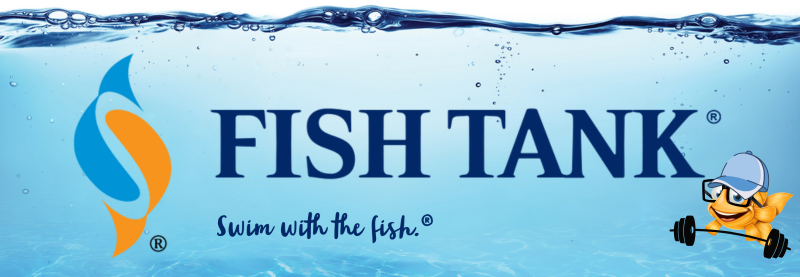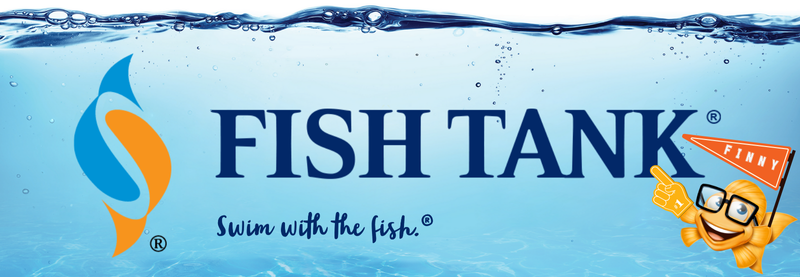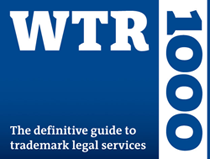Intellectual Property Insights from Fishman Stewart PLLC
Newsletter – Volume 24, Issue 8
Share on Social
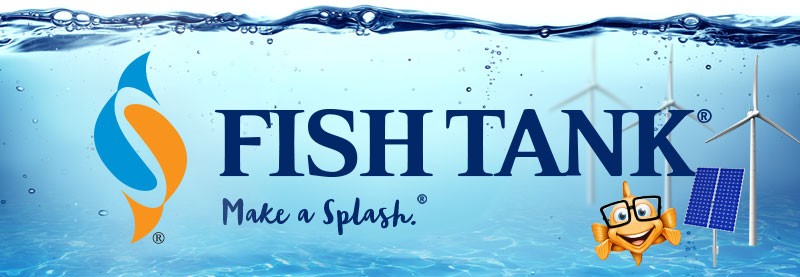
Climate Change and the Patenting Process Doing Its Part
Climate change has increasingly dominated daily news cycles, signaling a growing urgency for action. The escalation of temperatures during the hottest months serves as a stark reminder of the immediate need for solutions.
The United States Patent and Trademark Office (USPTO) is addressing this urgency with the Climate Change Mitigation Pilot Program. This program stands as a beacon, providing an expedited patenting process for innovative technologies that play a role in mitigating climate change. It encompasses technologies geared towards greenhouse gas removal, emission prevention, emission monitoring, promotion of renewable energy sources, energy efficiency enhancements, and sustainable advancements in transportation, water conservation, and waste management.
Launched in 2022, the USPTO expanded the program in 2023 to run until either June 7, 2027, or upon reaching a total of 4,000 grantable petitions for expedited review, whichever occurs first. This extension to the program demonstrates the USPTO’s ongoing commitment to supporting inventors and researchers working on climate change solutions.
Under this expanded program, green tech applications receive special status, accelerating their review process without having to meet usual requirements for expedited review.
This initiative not only expedites the transformation of ideas into tangible solutions but also fosters collaboration among stakeholders to address pressing environmental challenges. The increased allowance for applications receiving expedited review amplifies the program’s efficacy in facilitating the transition of innovative climate-related technologies from conceptualization to market-ready deployment.
The intersection of patents and climate change is a critical nexus in the pursuit of sustainable solutions on a global scale. As highlighted in “The Patent Lawyer Magazine” dated February 15, 2024, climate change is indeed a global issue that demands rapid action. UN Secretary-General Antonio Guterres’ call for net-zero greenhouse gas emissions by 2050 underscores the urgency of addressing climate change.
Initiatives like the USPTO’s Climate Change Mitigation Pilot Program play a crucial role in incentivizing and accelerating innovations that contribute to mitigating climate change. Globally, initiatives such as WIPO’s Green Inventory and WIPO GREEN demonstrate similar collaborative efforts to connect inventors, facilitate knowledge exchange, and accelerate the development and adoption of green technologies. Fast-track patent approval programs in various countries further underscore the international recognition of the importance of green innovations.
Global trends in green technology patenting indicate a strong push towards sustainable solutions. India issued over 60,000 patents for green technologies in recent years. The substantial increase in patent grants, design registrations, and brand registrations in India reflects a growing commitment to fostering innovation through intellectual property protection. It is clear that patents not only provide legal protection but also serve as catalysts for investment, innovation, and confidence-building in the realm of green technologies.
The convergence of patents and climate change presents a pivotal opportunity to drive sustainable solutions on a global scale. The continued advancement of initiatives like the USPTO’s Climate Change Mitigation Pilot Program, coupled with global policy support for green patents and investments in green technologies, will play a significant role in shaping a more sustainable and resilient future for generations to come.
Paul Ratzmann is a partner at Fishman Stewart and a registered patent attorney, practicing in many technology fields. As an engineer, before he became a patent attorney, Paul was an inventor and is listed on eleven US patents, such as the one listed here.

Related Content from Fishman Stewart
People have long pondered whether or not the Giza pyramids were indeed solely burial chambers, which was the only known, and archaeologically determined, use—until now.
As the story goes, Klein was so taken with the indescribable blue of the sky over the Mediterranean in Nice, France, that he dedicated his artistic talent developing a blue that would imbue the canvas with this color in its purest form.
Despite her pseudo-legal background in Suits, Meghan has been running into one issue after another in her efforts to register the trademark and logo for her new lifestyle company, for now, called “AS EVER”.
By 1930, efforts began in New York to replace Mother's Day with Parent's Day because men were more than just breadwinners. Those efforts didn't catch on, probably because in that era, women often spent more time in the home.
In February, Nike and Skims announced that they will be working together on a new brand, NikeSkims. The co-brand will create a new line of training apparel, footwear, and accessories specifically designed to meet the unique needs of women athletes.
Generally, federal courts have exclusive jurisdiction over copyright cases, and often, this presents an insurmountable paywall for individual artists and small businesses to vindicate their rights, especially where the value of the individual copyrighted works are relatively low.
Dedicated to raising public awareness about the importance of encouraging innovation and creativity throughout the world, the World Intellectual Property Organization (WIPO) annually observes World Intellectual Property Day on April 26 to showcase the role that patents, trademarks, industrial designs, copyrights and trade secrets play in our everyday lives.
Hold onto your foam fingers, sports fans – college sports just got a whole lot more interesting! The latest updates to Name, Image, and Likeness (NIL) rules are making student-athletes bigger than ever, and it’s not just about the game anymore.
Did a federal court in Louisiana recently decide that US copyrights are global rights? It seems so.
L.A.B. Golf aims to protect its innovations, and therefore its market position, owning three patents for its zero-torque design. The question now is whether L.A.B. Golf can withstand the wave of copycat designs.
IDENTIFYING, SECURING AND ADVANCING CREATIVITY®



